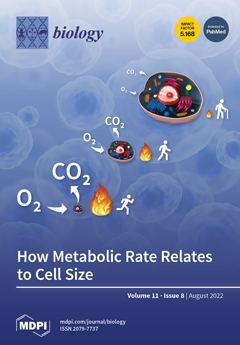Background: Acute jaundice remains a critical problem following liver transplantation. MicroRNAs (miRNAs) are involved in regulating gene expression related to various disease phenotypes and statuses.
Aims: To differentiate acute jaundice etiology after living donor liver transplantation (LDLT), we examined the hepatic miRNA expression
[...] Read more.
Background: Acute jaundice remains a critical problem following liver transplantation. MicroRNAs (miRNAs) are involved in regulating gene expression related to various disease phenotypes and statuses.
Aims: To differentiate acute jaundice etiology after living donor liver transplantation (LDLT), we examined the hepatic miRNA expression patterns in several liver graft pathologies.
Methods: Eighty liver transplant recipients undergoing post-LDLT graft biopsy for the evaluation of acute jaundice were enrolled in this 1-year prospective study. Using a real-time quantitative reverse transcription-polymerase chain reaction profiling assay, we identified hepatic miRNA (miRNA-122, miRNA-301, miRNA-133a, and miRNA-21) signatures in various allografts pathologies.
Results: Pathologic findings of the 80 recipients were as follows: acute cholangitis (AC), 37 (46%); acute rejection (AR), 20 (25%); recurrent hepatitis (RH), 12 (15%); non-specific pathological change, 6 (8%); and fatty change (FC), 5 (6%). None of these identified hepatic miRNAs expression pattern was significantly correlated with serum parameters, including neutrophil-lymphocyte ratio. In AC, hepatic miRNA-122, miRNA-301, miRNA-133a, and miRNA-21 expression was significantly downregulated (
p < 0.05). MicroRNA-122 expression was elevated in cases of AR and RH (
p < 0.05); miRNA-301 and miRNA-21 expression was higher in RH than in AC (
p < 0.05); and miRNA-133a expression was higher in FC than in AR (
p < 0.05).
Conclusions: Our study suggests that specific hepatic miRNA expression patterns as a checklist may be useful for differential diagnosis of acute jaundice following liver transplantation.
Full article






